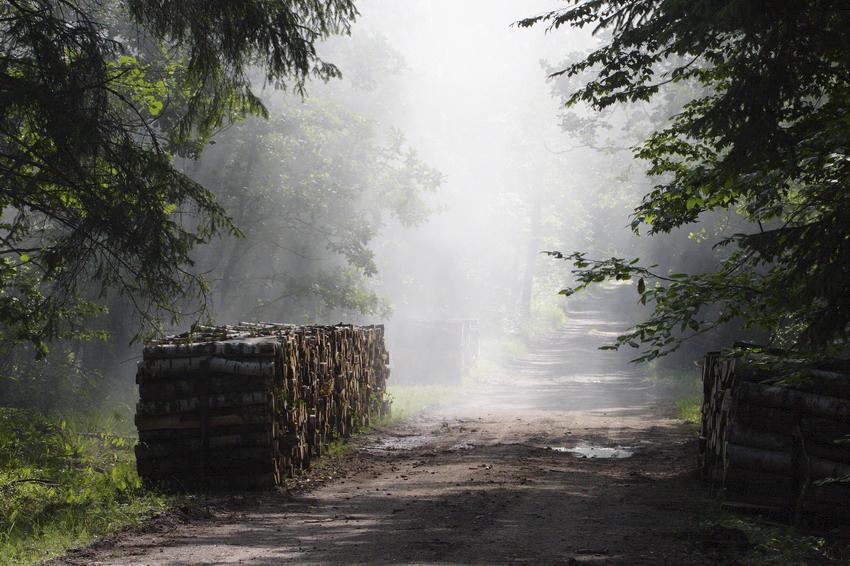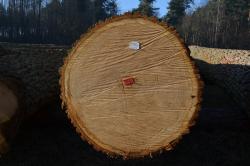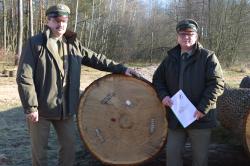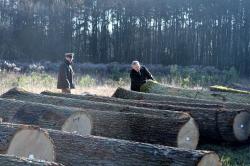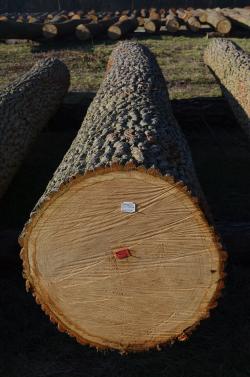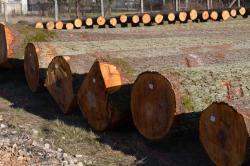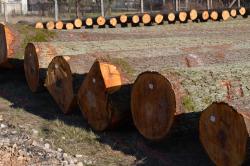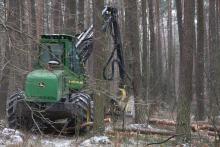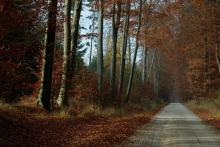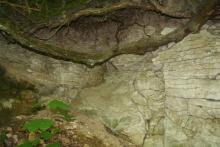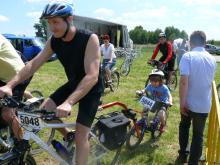 Asset Publisher
Asset Publisher
The State Forests National Forest Holding
The State Forests National Forest Holding is the largest organisation in the European Union managing forests, which belong to the State Treasury and celebrating its 90 anniversary this year.
Presently, we manage the area of one third of Poland's territory. Not long after the end of the Second World War, there was only 21 % of the area. Every year we plant 500 million of new trees, as we want Polish forests grow all the time.
Every year Polish foresters plant 500 million of trees.
85 % of nature reserves in Poland are located within the State Forests. 40 % of the forests managed by General Directorate of the State Forests are protected within the framework of European network Natura 2000. We fight against many threats: natural disasters, plaques of insects, trees' diseases, fires, pollutions, as well as poaching and vandalism.
We take care the forestry supplying the market with timber, as ecological and universal material, to be carried on in accordance with rules of balanced development (photography P.Fabjański).
One of our major tasks is making forests accessible to the society. We invite you to take advantage of these beautifully located within the forest wilderness holiday resorts, forester's lodges or guest rooms. That is for you, we create thousand kilometres of hiking trails, cycling paths or camping sites. All the above mentioned, you can find in service www.czaswlas.pl.
We also take care the forestry supplying the market with timber, as ecological and universal material, to be carried on in accordance with rules of balanced development. We obtain over 30 million of cubic meters of wood annually, twice as much as at the beginning of the nineties of the XX century.
Despite of this, the average of wood abundance per hectare of our forests is one fourth bigger than 20 years ago and 40% bigger than the average of European Union currently amounts.
In Poland in sectors connected with the forestry, there work about 375 thousand of people. It means that each 40 working Pole works in the forest.
In Poland in sectors connected with the forestry, there work about 375 thousand of people. It means that each 40 working Pole works in the forest. The sector of wood processing works out approximately 8 % of our GDP (Gross Domestic Product). Among others, thanks to the timber from the State Forests Poland is the 10 largest producer of furniture in the world, and the 4 largest furniture exporter.
The State Forests employ 25 thousand people. That way we are the 9 biggest employer in Poland. Among the largest companies in our country it takes 22 place in respect of its incomes and 11 place in respect of its profits. The value of assets, we manage, reaches 300 million zl. If we add social values, it will be worth one billion zlotych. We do not use money from the budget, but we earn money on our own to support the business. In spite of the financial crisis, since 2002, we continuously note down profits. Moreover, we pay taxes amounting 1,3 billion zl annually.
87 % of Poles think, the foresters are competent. We willingly share our knowledge of Polish forests, of their history and of nature values with the others. We publish books, periodicals, brochures; we also administer the website www.lasy.gov.pl . For children, the youth and teachers, we prepared internet service "E-lynx' Lynx Forest" (www.erys.pl). Our staff has supported schools in field of nature education for years. We also organise many actions to let people broaden their knowledge about forest, nature and ecology.
 Asset Publisher
Asset Publisher
NAJCENNIEJSZE DREWNO SPRZEDANE
NAJCENNIEJSZE DREWNO SPRZEDANE
Blisko 530 m3 najlepszego drewna ze świętokrzyskich i radomskich lasów zostało sprzedane na II Regionalnej Submisji Drewna Cennego RDLP w Radomiu.
Submisję rozstrzygnięto 25 listopada w Nadleśnictwie Włoszczowa, gdzie znajdował się plac, na którym zgromadzono drewno. Oferty złożyło 13 podmiotów zajmujących się produkcją okleiny, forniru oraz drzwi i ekskluzywnych mebli. 10 z nich kupiło drewno liściaste, w tym dębowe, olchowe, bukowe oraz drewno iglaste – modrzewiowe i sosnowe.
Podobnie jak w poprzednim roku największym powodzeniem cieszył się surowiec dębowy poszukiwany przez firmy zajmujące się produkcją wysokiej jakości oklein. Zainteresowane były nim nie tylko firmy z Polski, ale też z Estonii. Rekordowy los (sztuka) pochodził z lasów Nadleśnictwa Ostrowiec Świętokrzyski, za metr sześcienny zapłacono aż 3 408 zł. Natomiast blisko 13 tys. zł zaoferowano za sztukę dębu o masie 4,73 m3 z Nadleśnictwa Jędrzejów (2 738 za m3). Drewno dębowe w dobrej cenie sprzedano także z pozostałych nadleśnictw: Kielce, Staszów, Grójec, Przysucha i Radom. Łącznie z losami z Nadleśnictwa Ostrowiec Świętokrzyski i Jędrzejów sprzedano 158 m3 tego surowca. Średnia cena za metr sześcienny wyniosła 2 453 zł.
Najwięcej sprzedano olchy – aż 188 m3, głównie pochodzącej Nadleśnictwa Włoszczowa, które było pionierem na terenie radomskiej dyrekcji w sprzedaży drewna w formule submisji. Olcha ta odznacza się unikalnym rysunkiem i barwą, rzadko spotykanymi w innych regionach kraju. Ze względu na te cechy jest poszukiwana przez producentów oklein. Najwyższą cenę zaoferowano jednak za los z Nadleśnictwa Ruda Maleniecka, tj. 1 102 zł za m3.
Modrzew wystawiły nadleśnictwa Suchedniów, Przysucha i Jędrzejów. Najwyższą cenę zaproponowano za los z lasów przysuskich – 1 034 zł za m3. Najcenniejsza sosna pochodziła z lasów Nadleśnictwa Ostrowiec Świętokrzyski – została sprzedana za cenę 1 111 zł za m3.
Średnia cena sprzedaży wszystkich gatunków była wyższa niż uzyskana w trakcie pierwszej regionalnej submisji i wyniosła 1 162 zł za m3.
Doświadczenia submisji są pozytywne – radomskich leśników cieszy to, że potrafią wyprodukować drewno o ponadprzeciętnych cechach użytkowych docenianych przez producentów z branży drzewnej. Tym bardziej, że jest to produkt ekologiczny i odnawialny powstający z poszanowaniem zasad zrównoważonego rozwoju i przepisów prawa, co potwierdzają certyfikaty FSC® i PEFC. Drewno to budzi zainteresowanie nie tylko odbiorów, ale i leśników – jest to doskonała sposobność do szkoleń brakarzy.
Tym samym RDLP w Radomiu na stałe wpisuje się w kalendarium submisji w LP.


 fot. Paweł Fabijański
fot. Paweł Fabijański
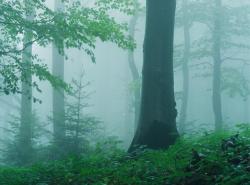 fot. Paweł Fabijański
fot. Paweł Fabijański
 fot. Paweł Fabijański
fot. Paweł Fabijański
